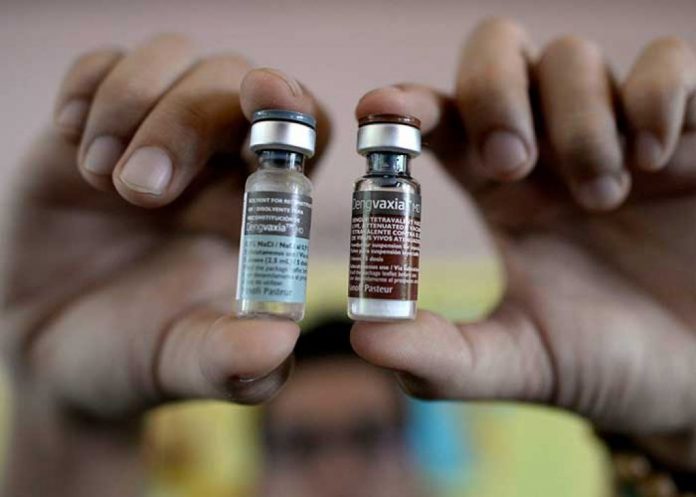
ILOILO City – Public support for the government’s measles immunization program appeared to have nosedived due to the Dengvaxia anti-dengue vaccine controversy, according to the Department of Health (DOH) in Western Visayas.
“We’re even campaigning door-to-door but there are parents who refuse to have their children vaccinated for measles,” revealed Dr. Mary Jane Roches Juanico, medical coordinator for the Child Health Program of DOH Region 6.
Juanico believed this aversion to measles vaccination may have been spurred by the Dengvaxia anti-dengue vaccine.
The vaccine was introduced during the term of then Health secretary Janette Garin in early 2016.
French pharmaceutical company Sanofi Pasteur belatedly announced in November 2017 that its Dengvaxia works as expected in people already exposed to the dengue virus; but in those who haven’t, the vaccination is linked to an elevated risk of severe disease developing from a subsequent dengue infection.
Garin then came under heavy criticism for pushing through with the Dengvaxia vaccination program.
According to Juanico, those turning down DOH’s measles immunization would commonly offer this common excuse: they would first check with their children’s pediatricians.
But others were more blunt, she said, and would challenge the measles vaccine’s safety.
As of Dec. 6, DOH-6 recorded 170 cases of measles – 40 cases higher than last month’s cases.
The latest figures included 29 cases reported by the Bureau of Jail Management and Penology in Bacolod City.
Juanico said DOH-6 also received three reports about deaths linked to measles “but these are still under investigation. Ga-wait kami result if these were really measles cases.”
“We really remind parents and caregivers that measles is a serious illness,” said Juanico.
Only 43 percent or 145,255 of the target 339,183 Western Visayas children aging six to 59 months have been reached by the DOH supplemental immunization program for MR-OPV or measles-rubella and oral polio vaccine.
The program started in October this year covering 25 local government units with confirmed cases of measles, including the cities of Bacolod and Iloilo. It wrapped up on Nov. 23 but Juanico said DOH was extending it up to Dec. 14 in the hope of reaching more children.
“Ang confidence rating for the immunization program indi masyado ka nami,” lamented Juanico.
According to the World Health Organization, before the introduction of measles vaccine to the world in 1963, major epidemics occurred approximately every two to three years and measles caused an estimated 2.6 million deaths each year.
Approximately 89,780 people died from measles in 2016 – mostly children under the age of five years, despite the availability of a safe and effective vaccine, said WHO.
The measles virus is normally passed through direct contact and through the air. The virus infects the respiratory tract, then spreads throughout the body.
The first sign of measles is usually a high fever, which begins about 10 to 12 days after exposure to the virus, and lasts four to seven days. A runny nose, a cough, red and watery eyes, and small white spots inside the cheeks can develop in the initial stage.
After several days, a rash erupts, usually on the face and upper neck. Over about three days, the rash spreads, eventually reaching the hands and feet. The rash lasts for five to six days, and then fades.
On average, the rash occurs 14 days after exposure to the virus (within a range of seven to 18 days), according to WHO./PN



